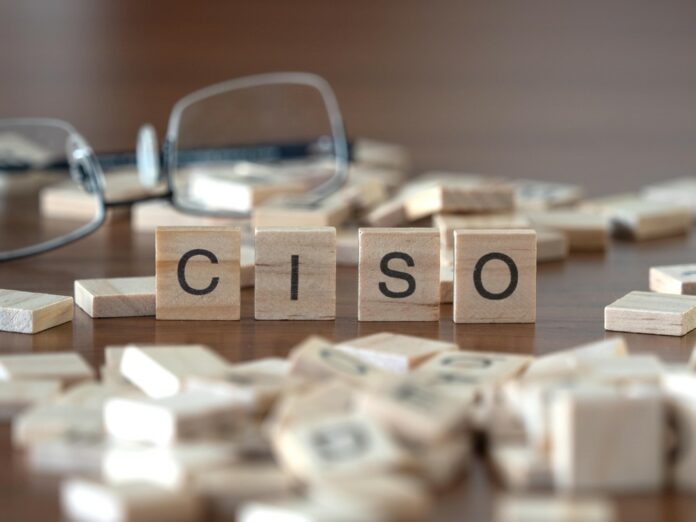
The role of chief information security officer is relatively young, as is the field they oversee. Though cybersecurity has been a concern for nearly 40 years, the shifting landscape of cybercrime means that security strategies must evolve quickly. As a result, those who come to fill CISO roles might feel utterly overwhelmed by their new and profound responsibilities.
Every new CISO faces concerns unique to the organization they oversee, but CISOs do tend to share a handful of challenges that affect the entire cybersecurity industry. Those challenges include:
Gaps in Knowledge and Skill
The field of information security is among the fastest changing in tech, largely because of the ever-escalating competition between cybercriminals and cybersecurity experts. Because cyber-attackers continue to craft new tools and techniques for infiltrating business networks, CISOs need to stay on top of the latest developments — and they need to be certain that their staff maintains updated understanding of threats and solutions, as well. A CISO should engage with resources that provide insights into the shifting landscape of cybersecurity, and they should always prioritize cybersecurity knowledge and skill in new hires and promotions. CISOs should organize opportunities for continued education for their security team, which might involve education benefits, trainings, conference attendance and more.
Insufficient Performance
Nearly half of all businesses endure cyberattacks every year, and many smaller organizations will fail as a result of the losses suffered during an attack. Cybercriminals are dogged in their efforts to infiltrate business networks, so businesses need to be equally as persistent at updating and maintaining their cybersecurity. Unfortunately, many CISOs discover that the performance of their existing security systems and staff leave something to be desired. A new CISO must be dedicated to finding better ways to streamline processes and improve performance to keep the organization’s digital assets safe. This might mean working with HR to develop programs for improving engagement with the workforce, like formal recognition systems or better benefits.
Imminent Risks
It is comfortable to envision cybersecurity risks as issues that will occur in some nebulous future time, but the truth is that CISOs face risks as soon as they start the job and for every second afterwards. Some of the most pressing risks for organizations at this time include:
- Hybrid networks. As remote work rises, business networks need to diversify to provide secure access to workers outside the office environment.
- Unmanaged endpoints. Another effect of the increase in remote work is the addition of many more personal devices to the business network.
- Cyberattack volume. Cyberattacks are always a concern, but the recent increase in cyberattacks is certainly something for CISOs to be aware of.
- Cyberattack sophistication. Though simple phishing attacks continue to proliferate, cybercriminals are gaining noteworthy sophistication in their tools and techniques.
Wavering Board Confidence

As members of the C-suite, CISOs report directly to fellow chief executives as well as the board of directors, who are the major shareholders making decisions for their organization. Rarely is the board especially well-versed in matters of cybersecurity, so they are easily frightened by news about cyberattacks, data breaches and the like. A new CISO must be capable of building security confidence within the c-suite and the board. Learning how to communicate with non-security professionals is key to establishing a baseline of understanding and assuaging fears, but CISOs should also devise systems to increase visibility across enterprise networks as a means of demonstrating their control over security strategy and solutions.
Low Security Investment
Cybersecurity is undeniably important, and organizations that create a CISO role understand this. Yet, many new CISOs discover that there is a difference between appreciating the threat of cyberattack and adequately funding enterprise security efforts. A major responsibility many CISOs face is earning greater investment in cybersecurity projects while trying to manage the insufficient budgets they currently have access to. Fortunately, it is possible to find affordable solutions and leverage automation to keep security costs low.
Conclusion
The C-suite continues to shuffle as more tech-focused executives demonstrate their value to the organizations. Cybersecurity should be a critical component of business strategy into the Digital Age, and CISOs will become vital tools for developing and maintaining security as cyberthreats grow and change. New CISOs should know what to expect when they step into the C-suite, so they can make the most of their time and authority to keep an entire business safe and secure.











